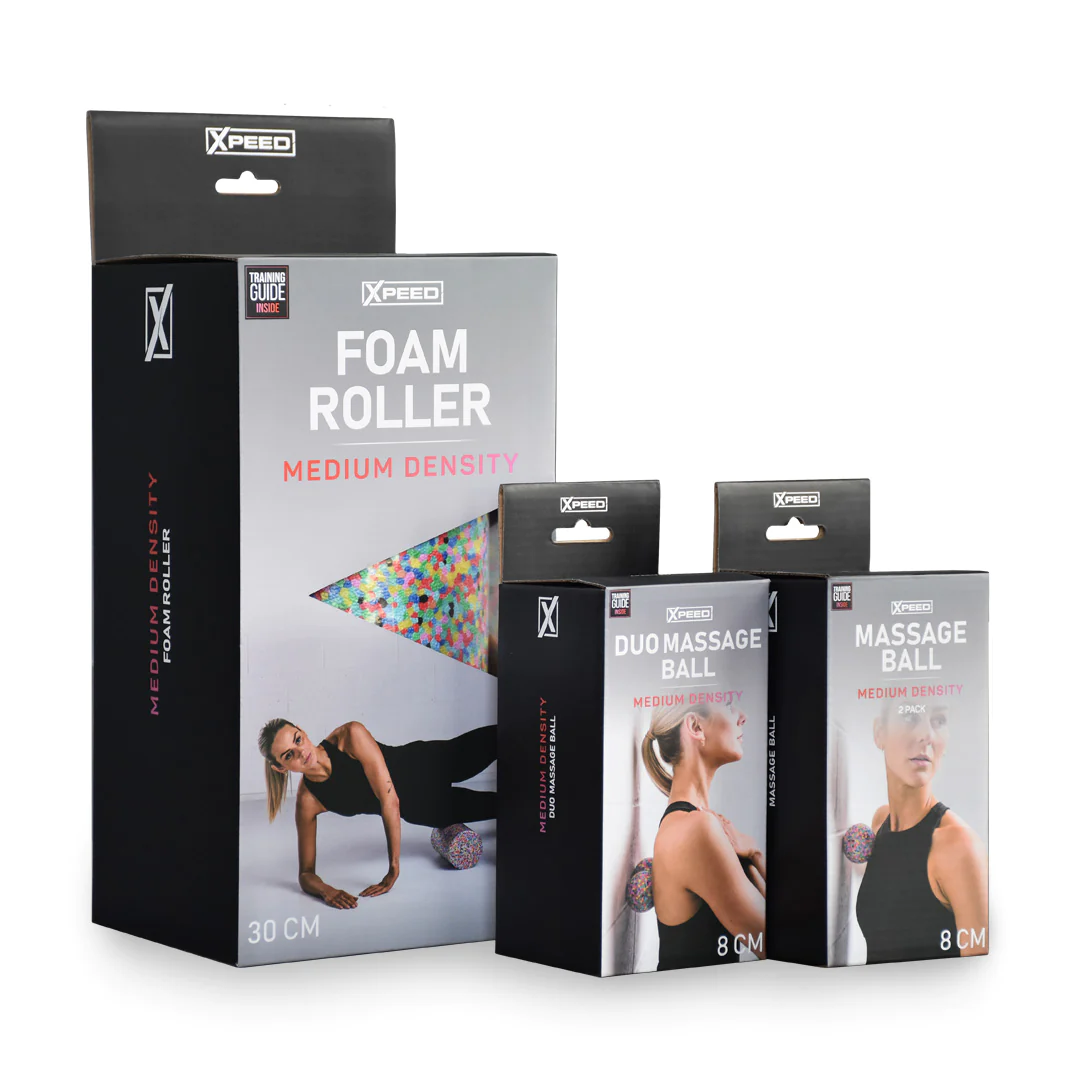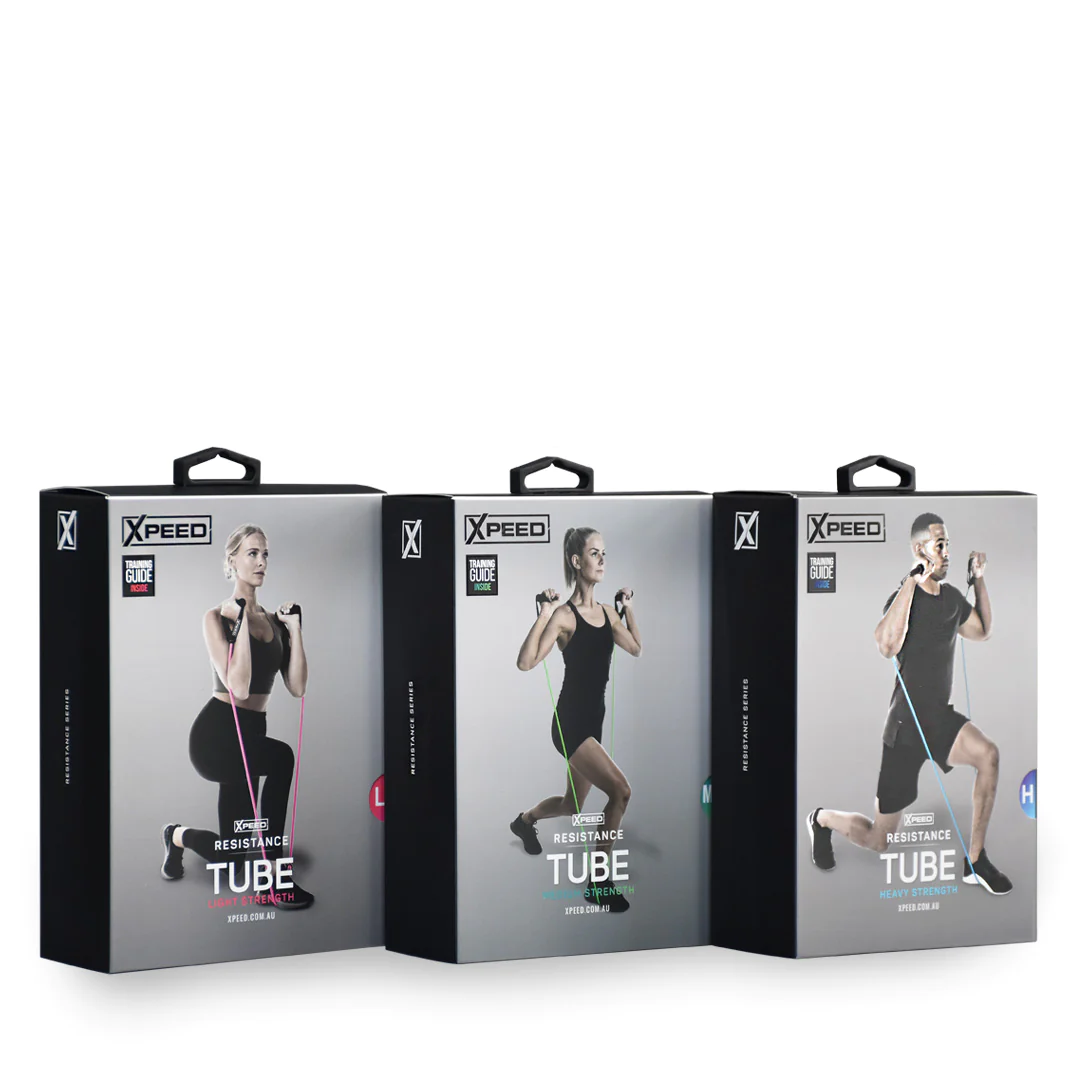In our previous blog we looked at the evidence supporting the Paleo diet. While promising, these few studies were very short in duration, had relatively small numbers, and were targeted mainly at people with metabolic conditions.
What is still unknown though is the long term ramifications of eating the Paleo way as there are no studies that go beyond 3 months.
This makes it hard for us to predict.
However, there are many studies that look at the effects of dairy and grains on our health, the very foods that are excluded with the Paleo Diet. We only need to go to the NHMRC report on the Australian Dietary Guidelines to see the evidence.1
Firstly, let’s look at dairy.
No doubt the exclusion of it is why we find that Paleo diets only have half of the Recommended Daily Intake (RDI) of this mineral (see my first blog of the series). Interestingly though, Paleo studies show that urinary calcium level decrease concurrently, meaning that absorption rates may well be unaffected.2-3
However, there is more to dairy than calcium, and the NHMRC report shows us there is moderate evidence to show that dairy, or more specifically: milk, cheese and yoghurt, will decrease the risk of hypertension, stroke, heart disease and colorectal cancer.1
While it would be easy for us to jump to the conclusion that adopting the Paleolithic diet would place us at greater risk of these health conditions, the fact of the matter is we just don’t know.
A good example here is that while having dairy in our diet may decrease the risk of developing hypertension, we also know that the Paleo diet (at least in the short term) is a good way to decrease blood pressure (probably due to the high potassium/low sodium content).
Therefore it is possible that both approaches elicit the same benefit.
But how about grains?
Now grains seem to have gone out of fashion lately, and not just from those eating Paleo. While it is well recognised that as a population we eat too much refined carbohydrates. The NHMRC explains that we as a population need to decrease our refined grain foods (think white bread, pasta and processed cereals) by 30%, while our refined treats like cake and biscuits are “discretionary” foods.1
However, if we went true Paleo, we would also exclude wholegrain foods. These are breads and cereals that contain at least 25% of their content as whole, unprocessed grains. Again, the NHMRC has done the literature review for us, and they have found that consuming these foods in our diet (particularly oats) decreases our risk of cardiovascular disease and type 2 diabetes, and may also decrease the risk of colorectal cancer.1
So there we are, hopefully this 3 part blog series had shed some light onto the Paleolithic diet, along with some of the pros and cons of adopting this way of eating. It appears that we’ll need to wait a few years for longer term studies before we understand its true impact on our health.
For now, if you do enjoy this way of eating, we would suggest that you get regular checks from your GP, and consult with a dietitian to ensure that you’ve gathered all the right information.
If you would like help tracking your food behaviour along with your exercise, stress & sleep, try our free lifestyle tracker by joining below:
- National Health and Medical Research Council (2013) Australian Dietary Guidelines. Canberra: National Health and Medical Research Council.
- Boers et al.(2014) Favourable effects of consuming a Palaeolithic-type diet on characteristics of the metabolic syndrome: a randomized controlled pilot-study. Lipids in Health and Disease 13:160.
- Masharani et al. (2015) Metabolic and physiologic effects from consuming a hunter-gatherer (Paleolithic)-type diet in type 2 diabetes. European Journal of Clinical Nutrition, 69: 944–948.
Photo by RODNAE Productions from Pexels














0 Comments